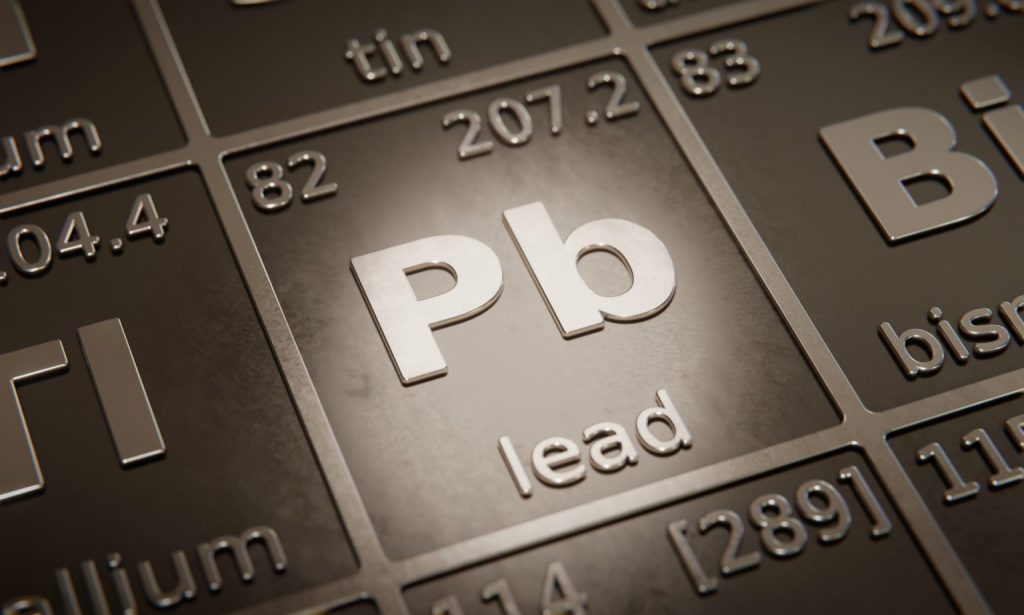Lead’s balancing act still depends on China’s exports

Mining News Pro - The global refined lead market will be roughly balanced between supply and demand this year, according to the International Lead and Zinc Study Group (ILZSG).
China’s exports still booming
China exported 116,500 tonnes of refined lead last year, the highest annual total since 2007.
The country had been a net importer in the 2017-2020 period but flipped to net exporter in 2021 as a string of smelter production hits opened up gaps in the Western supply chain.
Exports remained robust in the first quarter of 2023, China shipping 46,000 tonnes of metal to the rest of the world, up 22% on the first three months of 2022.
Imports have been minimal over the last year or so as the arbitrage remains locked in export-friendly mode. Inbound shipments amounted to just 426 tonnes in January-March, of which 275 tonnes came from Malawi.
China’s export flows are travelling far and wide.
First-quarter shipments included 3,062 tonnes to the United States, 3,324 tonnes to Italy and 3,050 tonnes to the Netherlands.
Top export destination was Taiwan with shipments of 11,000 tonnes. Some of this metal seems to have made its way into London Metal Exchange (LME) warehouses.
Registered Chinese-brand lead stocks rose from zero at the start of the year to 6,750 tonnes at the end of April, according to the exchange’s latest monthly update.
Western market still tight
Chinese inflows have helped nudge LME stocks higher. At 33,300 tonnes, they are now up by 8,150 tonnes since the start of the year but still historically low at around one days’ worth of global usage.
Low LME stocks have led to regular bouts of time-spread tightness this year, most recently in April, when the cash premium over three-month metal traded out to $35 per tonne. The period has since eased, closing Monday valued at a relatively relaxed contango of $15 per tonne.
What’s in the LME warehouse system remains concentrated in Asian locations. There are just 1,275 tonnes of registered lead in Europe and zero in the United States.
Physical premiums reflect that regional imbalance.
US buyers are paying up to 20 cents/lb ($440 per tonne) over the LME cash price to secure spot metal, according to Fastmarkets.
The premium has eased only slightly from a record 22.25 cents/lb over the closing months of last year. It was just 12 cents at the start of 2021.
Production recovery
The US lead market has become more dependent on imports since the unexpected closure of the Florence recycling plant in South Carolina in 2021.
Europe, however, should fare better this year thanks to the restart of the Stolberg lead smelter in Germany. The 155,000-tonne-per-year facility has been out of action since flooding in summer 2021.
Stolberg has been the single biggest smelter hit among many in the last two years and its return under new owner Trafigura will be a main driver of the expected 2.8% rise in global primary lead production this year, according to ILZSG.
European usage was also weak last year, sliding by 1.9% due to reductions in Austria, Poland, the Russian Federation, Spain and Ukraine, the Group noted.
It is forecast to recover by a modest 0.4% this year, still acting as a drag on global growth, which is expected to come in at 1.7%. The difference between the pace of production and usage recovery explains the narrowing global supply gap this year.
Keeping the balance
LME three-month lead has traded sideways in a $2,020-2,180-per tonne range for most of the year, seemingly reflecting the shift in dynamics from supply deficit towards balance.
But it is Chinese exports that are maintaining that global balance, just as they did last year.
Exports have eroded Chinese inventory over the last couple of years. Stocks registered with the Shanghai Futures Exchange (ShFE) have fallen from over 200,000 tonnes in September 2021 to 32,095 tonnes as of last Friday.
Chinese producers appear to be responding, lifting primary lead output by 15.5% year-on-year in January-April, according to local data company Shanghai Metal Market.
Western buyers will be grateful. They will likely need more Chinese metal until lead production elsewhere recovers from the trail of smelter outages that have plagued supply for the last two years.